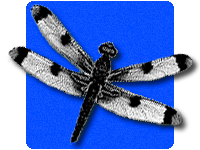
Hi there! We’re your friends at PayPal.
You know it’s really us because the PayPal logo is at the top of this page, and here’s real proof – our big Verification Symbol!

Something happened and we lost your access info. We need to get this info from you again or we’ll have to suspend your PayPal account and all of your records might be lost. Here’s where you can click right now to fix this error (our fault, sorry!) before we get in trouble with our boss:
>>>> Click here and everything will be okay <<<<
Convinced? It’s easy to see through this tongue-in-cheek example, but typically these emails seem as right as rain, and are intended to fool you, even for just a moment, to click the link, land on a site that looks exactly like a PayPal site, and give up your Username and Password. Once you do, you can be sure a real person will use your secret information to steal from you.
But the problem is, many times the emails we get look so real that we simply click to access what we think is our account. These are called “Phishing Emails” which is a computer-ese play on “fishing” to catch an unwitting victim.
Here is a simple rule-of-thumb that is guaranteed to keep you out of trouble:
Never, never click a link in any email that says it will take you to any of your Password Protected web sites.
Instead: open your web browser and type in the web address that you know is correct – “PayPal.com” for example. When you land on the real PayPal site, if there is anything that you need to know, it will be there for you when you access your account.
Here’s the link to read the Wikipedia entry for Phishing:
http://searchenginewatch.com/showPage.html?page=2167931
Enjoy! (And stay out of Internet trouble!)
–Marc
November 12, 2007 @ 12:00 PM

